Solar panel setups can last over 25 years, but only if you maintain them well. Just like any long-term investment, they need care to stay efficient, safe, and cost-effective. Without regular upkeep and solar panel maintenance, even minor issues such as dust buildup or a loose connection can quietly reduce your energy output and increase your utility bills. On average, you can spend anywhere from $300 - $800 or more for a typical solar panel maintenance. This price can vary based on factors like system size, location, and the need for additional repairs.
Jackery Solar Generators are plug-and-play and come with foldable solar panels that don't need structural installation. The solar panels are portable and don't get installed on the rooftop. You can move these panels indoors during extreme weather conditions, reducing the need for heavy maintenance. In this guide, we'll break down typical solar panel maintenance costs by component and explain how portable generators can simplify solar ownership.
In this article, you'll learn.
- Solar panel maintenance isn't one-size-fits-all. Panels, batteries, inverters, and wiring each have their own care needs and replacement timelines.
- Battery and inverter upkeep can impact your long-term savings. While panels require minimal cleaning, solar batteries and inverters often need replacement every 5-15 years.
- Wiring and mounting issues are less frequent, but can be costly when they occur. Structural damage, corrosion, or inadequate weatherproofing may result in rare but costly service calls.
- How Jackery Solar Generators save you from long-term maintenance.
- What are some solar panel maintenance tips to save money.
Why is Solar Panel System Maintenance Recommended?
Solar panels are usually built to last for more than 25 years, but that does not mean they are maintenance-free. Over time, dust, pollen, bird droppings, snow, and even leaves can cover the surface of the solar panels. In fact, dirty solar panel setups can lose up to 15-25% of their efficiency, depending on your location and the amount of debris buildup.
If your rooftop solar panels are tilted, rainfall will typically clear away the debris accumulated on their surface. But you will need to clean them manually during the dry season or when there are extended periods of rain. As a general rule of thumb, you can clean the solar panels two to four times a year, depending on location and system size.
Key Components in the Solar System that Require Maintenance
The key components in a solar system that need maintenance include solar panels, inverters, batteries, charge controllers, and mounting structures. Here's a table revealing the lifespan and average maintenance needs of different solar panel components:
|
Component |
Lifespan |
Average Maintenance Needs |
|
Solar Panel |
25 years |
At least twice a year |
|
Inverter |
10 - 20 years |
Every 6 - 12 months |
|
Solar Battery |
5 - 15 years |
Every 6 - 12 months |
|
Charge Controller |
5 - 15 years |
At least once a year |
|
Mounting and Wiring |
20 - 30 years |
Every 6 months |
What is the Maintenance Cost of Solar Batteries Over Time?
The primary solar battery's maintenance cost is the replacement cost after its lifespan, typically between 2 and 20 years, depending on usage and the type of battery. Even though lithium-ion batteries need minimal maintenance, other battery types require annual check-ups. Here's a detailed breakdown of maintenance costs for different power stations or solar batteries:
|
Battery Type |
Lifespan |
Replacement Needs |
|
Lead-Acid |
3 - 5 years |
High Maintenance |
|
Lithium-ion (LiFePO4) |
5 - 20 years |
Low Maintenance |
|
Nickel Based |
2 - 5 years |
Frequent and High Maintenance |
What is the Solar Inverter Maintenance and Replacement Cost?
The cost to maintain and replace a solar inverter can vary significantly, typically ranging from $1000 to $3000 or more. Different types of solar inverters usually come with a 5-10 year warranty. However, you'll need to review the warranty details, as labor costs for installation and diagnosis are not included. Here's a detailed solar inverter maintenance and replacement costs:
|
Inverter Type |
Lifespan |
Failure Rate |
Replacement Cost |
|
String Inverter |
10 - 15 years |
0.89% within the first two years |
$800 - $5000 |
|
Microinverter |
20 - 25 years |
0.0551% within the first two years |
$195 per inverter |
What are Wiring, Mounting, and Structural Maintenance Costs for Solar?
Wiring connects all the elements of your system, from the panels to the inverter and battery. Over time, wires may degrade due to weather exposure or pest interference, particularly if they're not properly shielded. A quick visual inspection during routine maintenance is often sufficient, but if damage is found, repair costs can range from $200 to $1,000. However, it depends on the extent and accessibility of the damage.
Mounting structures are responsible for keeping your panels firmly in place. These metal fixtures are built to withstand the elements, but high winds, corrosion, or even poor initial installation can cause bolts to loosen or rust to form. Minor fixes, such as tightening bolts or applying an anti-rust coating, are inexpensive, but replacing damaged mounts or rails can cost several hundred dollars, especially if scaffolding or roofing work is involved.
For roof-mounted systems, structural maintenance may also include checking the areas where mounts penetrate the roof. Over time, the sealants used around anchor points can wear out, leading to potential leaks. Resealing or patching small sections is relatively affordable, but if water damage occurs, roof repairs can significantly increase the cost.
How Jackery Solar Generators Save You from Long-Term Maintenance?
Jackery Solar Generators offer a low-maintenance alternative to traditional solar setups. The Jackery SolarSaga Solar Panels are foldable and portable. These solar panels don't require roof installation, so there's no drilling, structural work, or long-term exposure to the elements. You can easily move the solar panels indoors during storms or periods of inactivity, helping to extend their lifespan without incurring additional maintenance fees.
Since Jackery Portable Power Stations come with built-in inverters and LiFePO4 or NMC batteries, there's no need for complex wiring or multiple vendor installations. Everything is designed to work together right out of the box, with no professional servicing required. The portable solar generators are practical solutions for anyone who wants solar power without the long-term commitment to structural inspections or component replacements.
Jackery Solar Generator HomePower 3000
The Jackery Solar Generator HomePower 3000 is designed for families who want dependable home battery backup power. It pairs a powerful LiFePO4 battery, renowned for its long-lasting performance, with foldable solar panels that can be set up in your backyard or balcony and easily brought indoors when not in use. With a 5-year warranty and robust safety features, it's built to last for years with minimal maintenance.
Appliances Running Time
- Refrigerator (300W) = 8.1H
- Light (100W) = 21.4H
- Heater (1000W) = 2.6H
- Microwave (1000W) = 2.6H
- Fan (200W) = 11.8H

Who Should Buy This
Whether you're facing a power outage or simply want to reduce your monthly electricity bills, the Jackery Solar Generator HomePower 3000 keeps your essential appliances running smoothly.
Customer Review
"I recently bought the Jackery HomePower 3000 along with two 200W solar panels, and I'm honestly impressed. With 3,024Wh of battery capacity, it powers 3 LED lights, 2 Woozoo fans, and a few other small devices for over 5 days straight without needing a recharge." — Elmer P.
Jackery Solar Generator 5000 Plus
The Jackery Solar Generator 5000 Plus is one of the essential home backup solutions ideal for larger households or those preparing for extended outages. It can power multiple appliances, such as refrigerators, lights, TVs, microwaves, and heaters. The bundle includes foldable, portable solar panels that you can quickly reposition to catch sunlight or store away when not needed.
Appliances Running Time
- Refrigerator (300W) = 12.2H
- Light (100W) = 28.6H
- Heater (1000W) = 4.1H
- Microwave (1000W) = 4.1H
- Fan (200W) = 17.1H

Who Should Buy This
If you need a reliable home battery backup solution that provides power to critical household appliances during extended power outages or peak electricity hours, the Jackery Solar Generator 5000 Plus is a suitable choice.
Customer Review
"Just received the 20kW bundle, looking forward to having the smart transfer switch installed. The power went out two days after receiving it, but I had already charged both 5000W units and battery packs. Jackery saved the day running our CPAP machines, two refrigerators, and a freezer with no problems." — Danny Wroolie.
5 Solar Panel Maintenance Tips to Save Money
Keeping your solar panel setup in good shape doesn't have to be expensive. These solar panel maintenance tips can help you extend the life of your system, maintain high efficiency, and avoid major repair costs over time.
- Regular Cleaning: Dust, bird droppings, and pollen can block sunlight and reduce energy output by 5–20% depending on your environment. Use a soft brush or hose to rinse them gently every 1–3 months, especially during dry seasons.
- Monitor Performance: Regularly monitor the energy production of the solar system to identify any signs of drops in output. You can install a monitoring system for solar panels to track performance.
- Damage Inspection: Conduct regular inspections at least monthly to check for discoloration, cracks, or loose wiring. It is better to inspect the area around the solar panels to check for signs of damage or loose mounting hardware.
- Minimize Shade: Make sure the trees or other obstructions do not cast any shadows on the solar panels, as they can reduce the energy output.
- Schedule Professional Maintenance: While some solar panel maintenance can be easily handled, you'll need to schedule annual professional maintenance checks. It will help you avoid costly solar panel repairs and extend the system's lifespan.
Common Questions About Solar Panel Maintenance
What is the most expensive component of a solar system?
Battery storage is typically the most expensive component. However, the exact cost of solar batteries can vary depending on the chemistry (LiFePO4, lithium-ion, or AGM) and capacity.
What are the four main components of a solar system?
The four main components of a solar system include solar panels, inverters, batteries, and racking and wiring systems. The solar panels convert sunlight into DC, which is then passed to the inverter for conversion to AC electricity. The battery stores the usable electricity that can power the appliances.
How to properly maintain solar panels?
Solar panel maintenance checklist typically includes regular cleaning and periodic professional servicing to provide optimal performance and prolong the panel's longevity.
How can I maximize my solar usage?
If you want to get the most out of your solar setup, keep panels clean and unobstructed so they absorb sunlight and generate electricity. Consider using the high-efficiency appliances during peak sunlight hours and storing extra energy in a battery for later use.
Conclusion
Solar energy can save money, but only if your solar panel system stays in good shape. Solar panel maintenance involves monitoring components, cleaning panels as needed, and being prepared for potential battery or inverter upgrades over time. If you are looking for something easier to manage, Jackery Solar Generators take a lot of that burden off your shoulders. These solar generators do not require any wiring or structural mounting. With the ability to bring your solar panels indoors when needed, you get reliable solar power without the usual long-term maintenance worries.
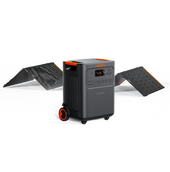

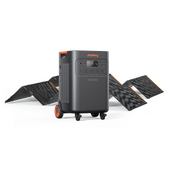

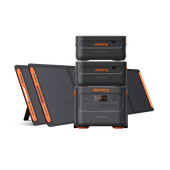
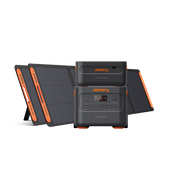

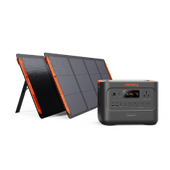

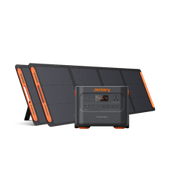
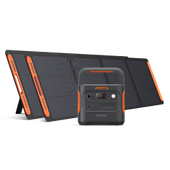

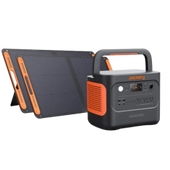

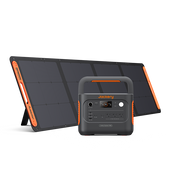
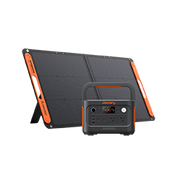

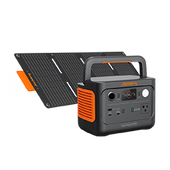
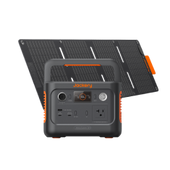
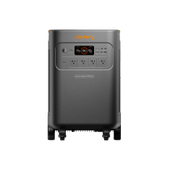
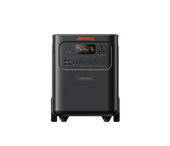
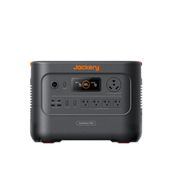
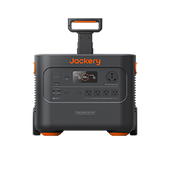
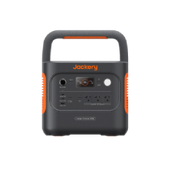
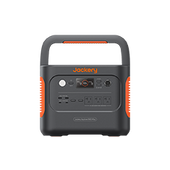
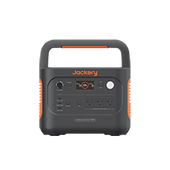
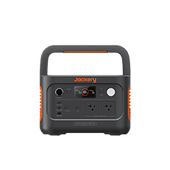
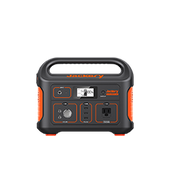
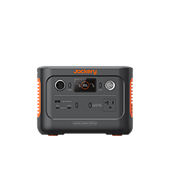

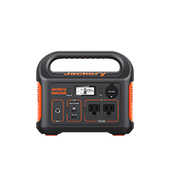
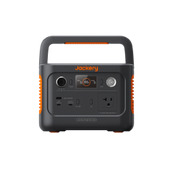
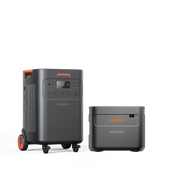
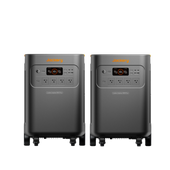
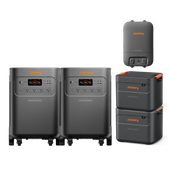
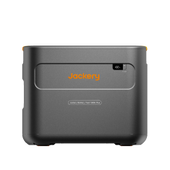
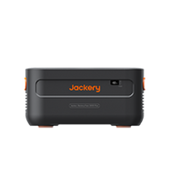
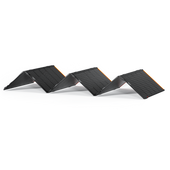

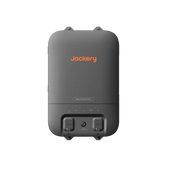
![[Add - on] Jackery Manual Transfer Switch for Explorer 5000 Plus - Jackery](http://www.jackery.com/cdn/shop/files/add-on-jackery-manual-transfer-switch-for-explorer-5000-plus-9017324.png?v=1754016782&width=170)
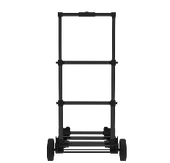

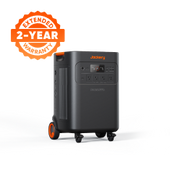
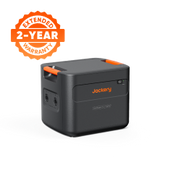
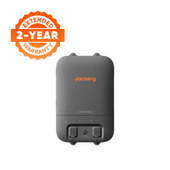
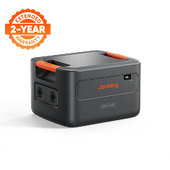
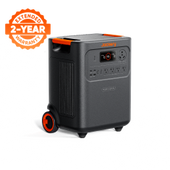
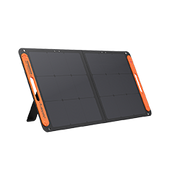
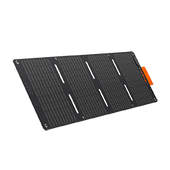
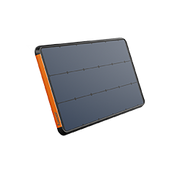
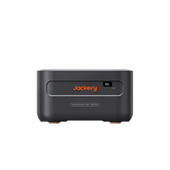

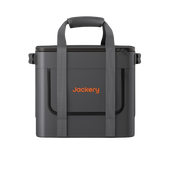
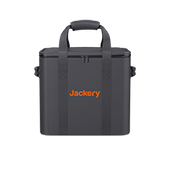
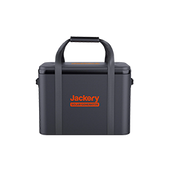
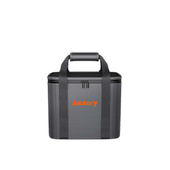
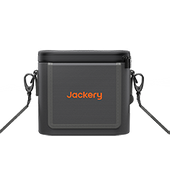
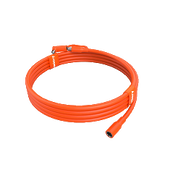
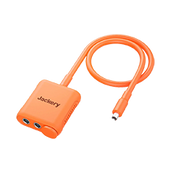
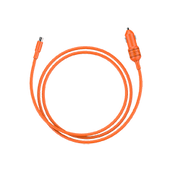

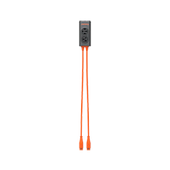
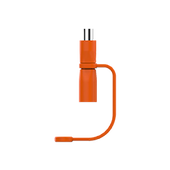
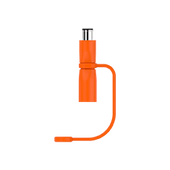
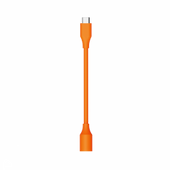
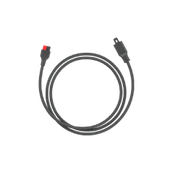
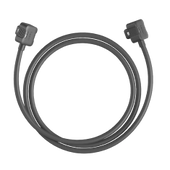
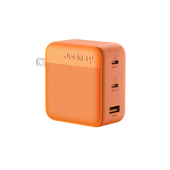



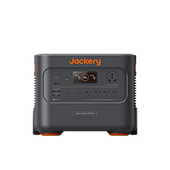
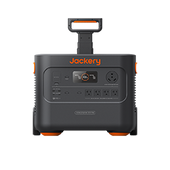
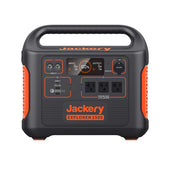
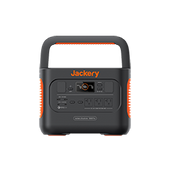
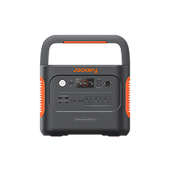

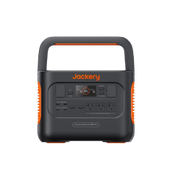
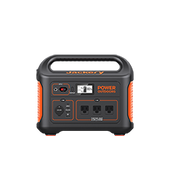


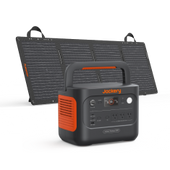

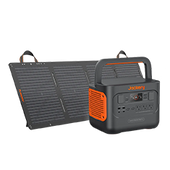

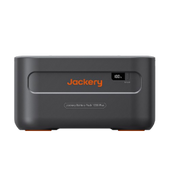


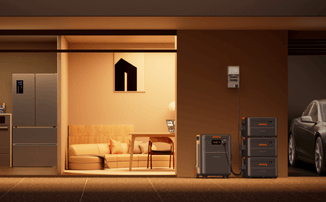
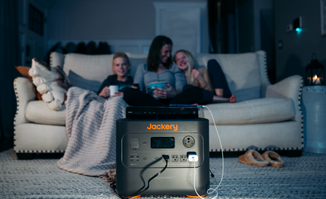

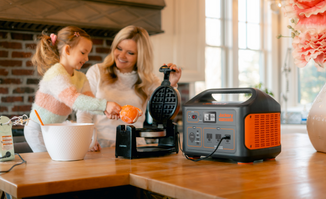

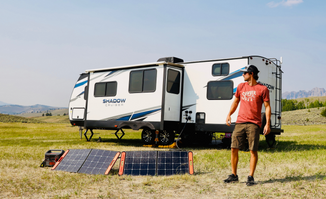

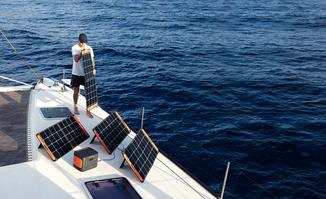

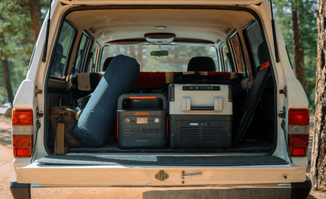




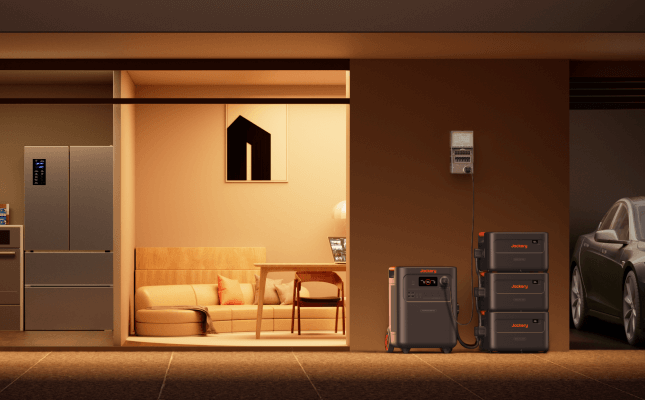
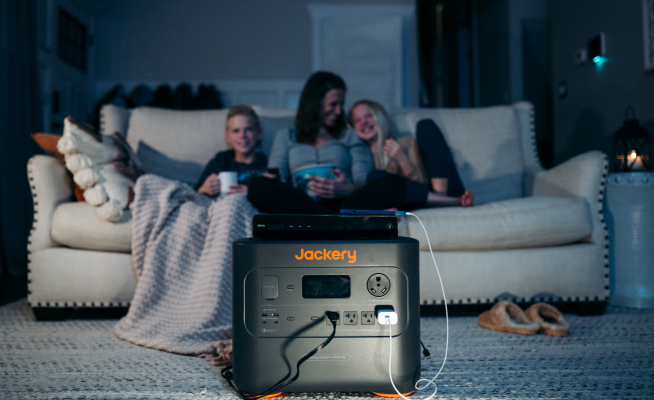

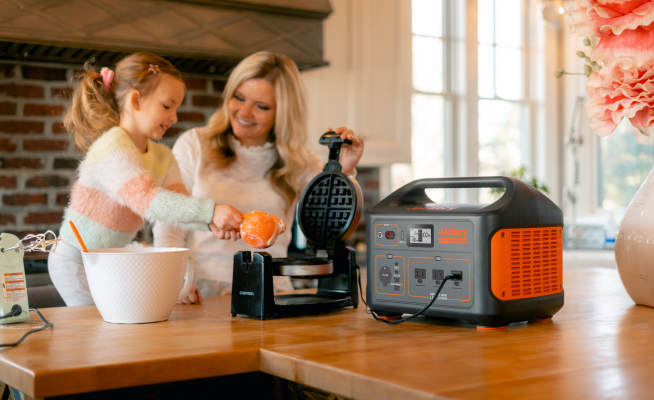
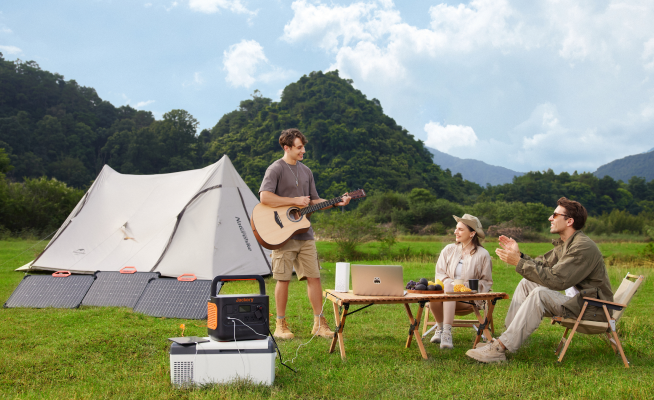
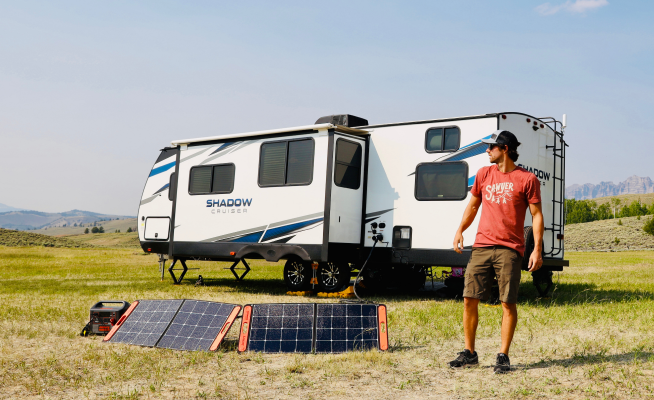

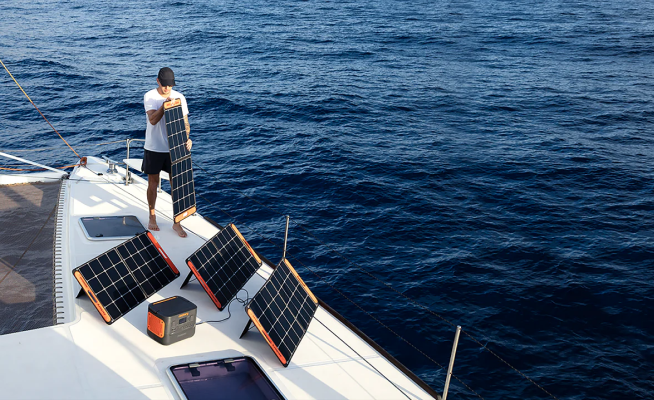
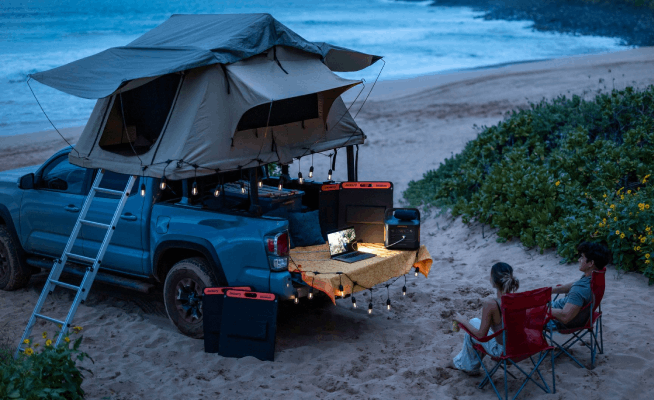
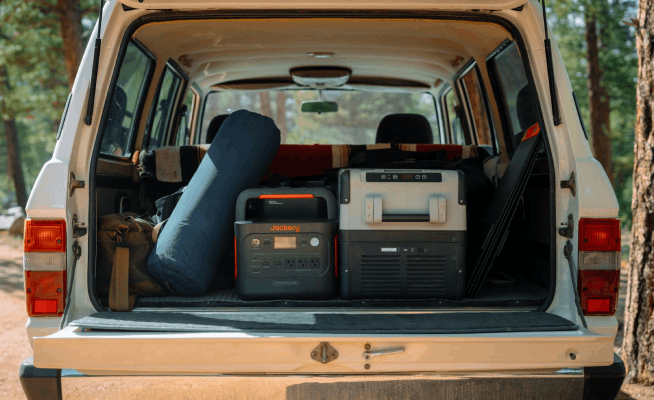


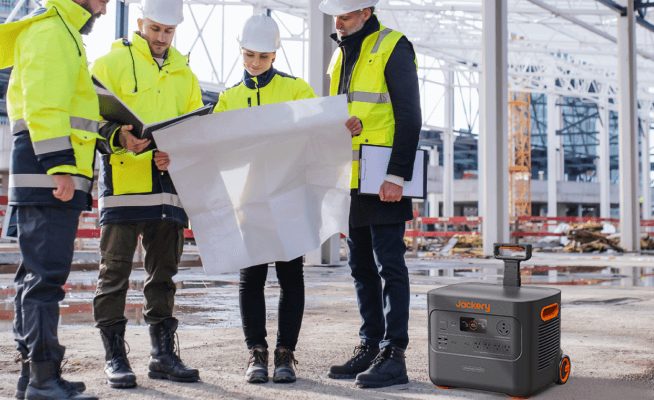



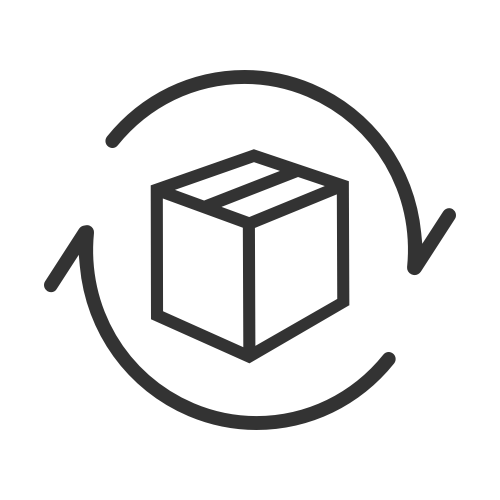







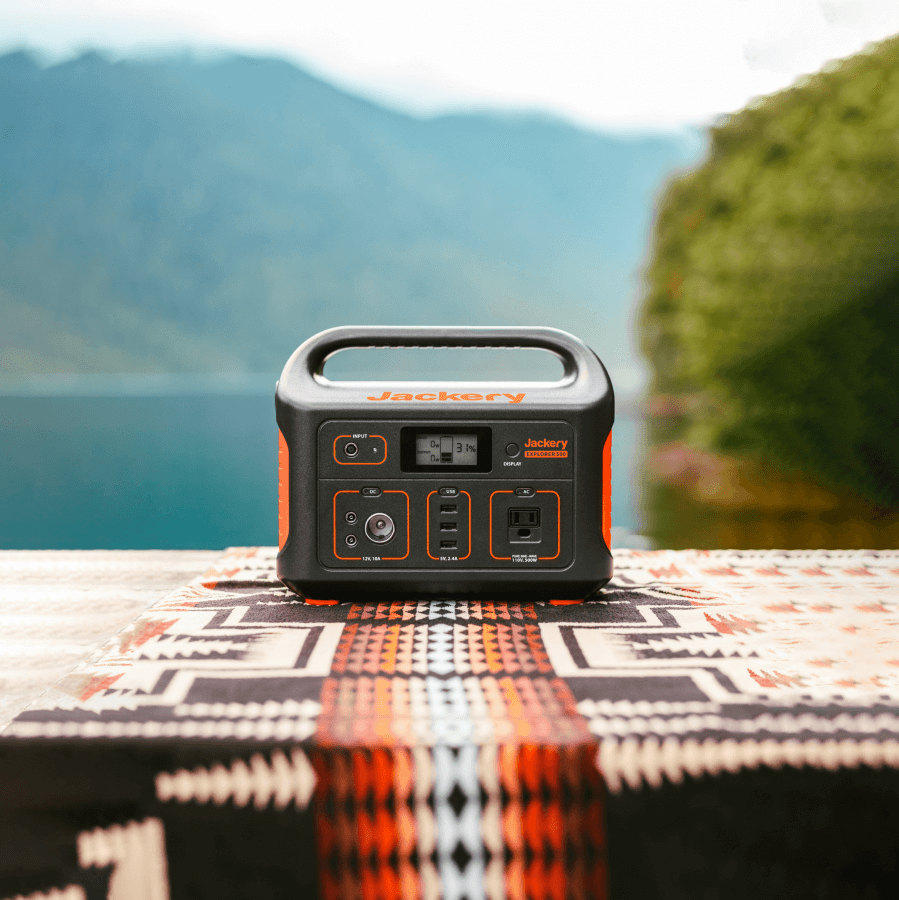
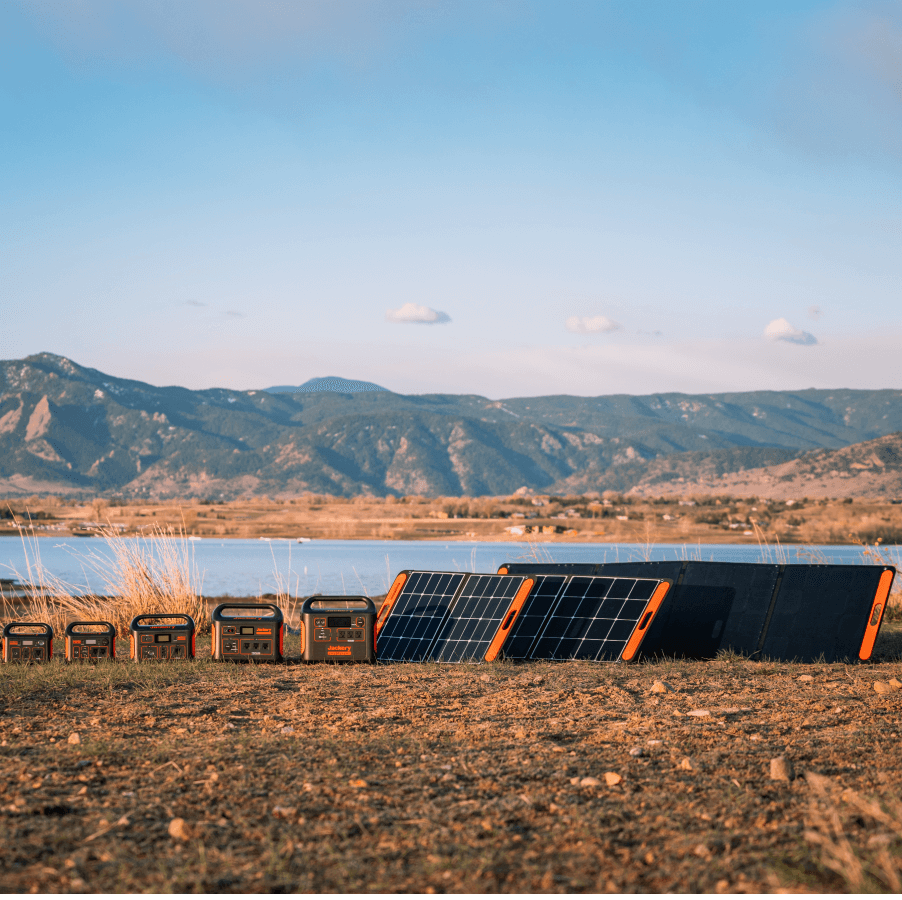
Leave a comment